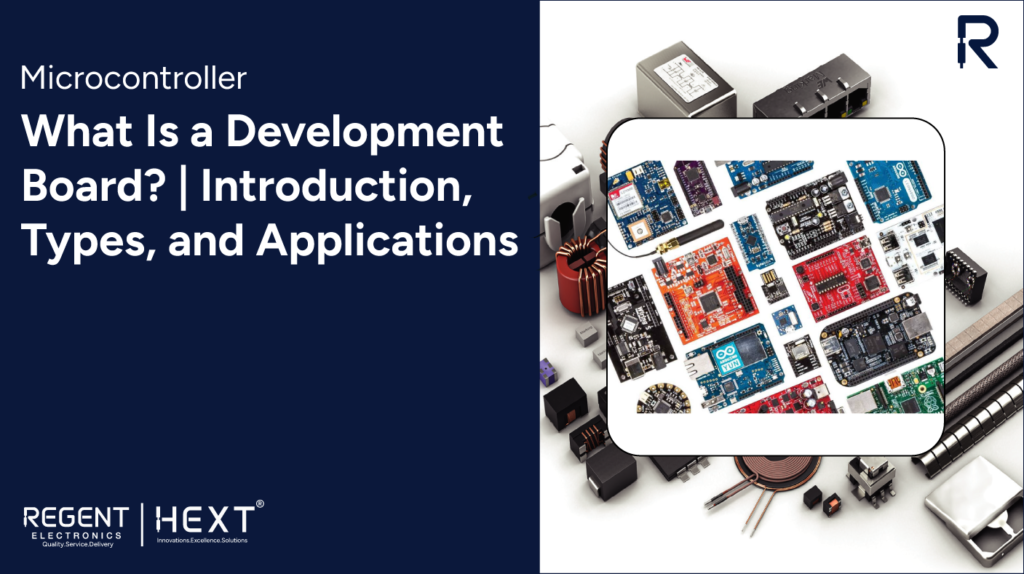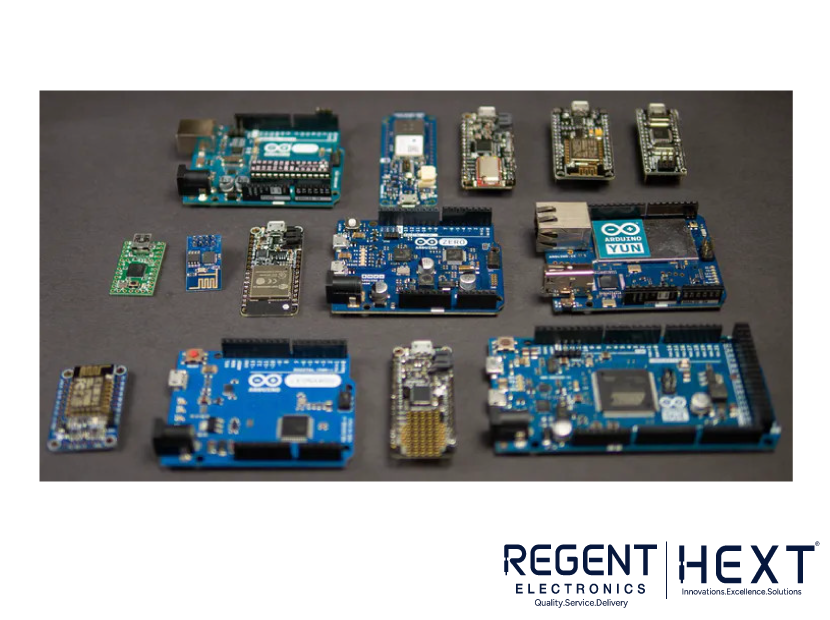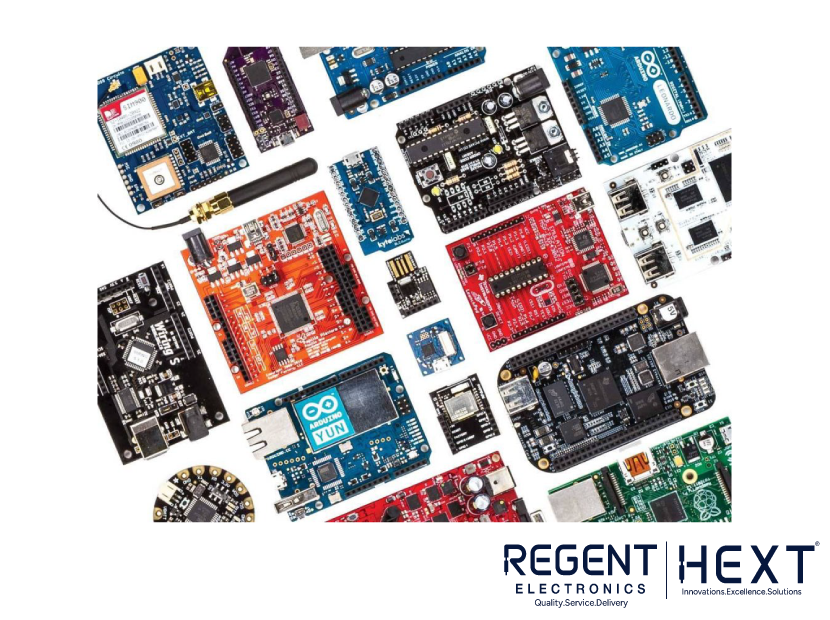
What Is a Development Board? | Introduction, Types, and Applications
In the world of electronics and embedded systems, the term “development board” is frequently mentioned—but what exactly does it mean?
Whether you’re a beginner or an experienced electronics enthusiast, this blog will give you a clear understanding of what a development board is, why it’s important, and what types are commonly used in today’s tech landscape.
📘 What Is a Development Board?

A development board is a specially designed printed circuit board (PCB) that integrates a microcontroller or microprocessor along with essential components such as input/output pins, power supply interfaces, USB connectors, LEDs, and often onboard sensors.
Think of it as a ready-to-use platform that allows you to quickly develop, test, and prototype embedded applications without designing hardware from scratch.
Popular development boards include:
- Arduino Uno
- Raspberry Pi
- STM32 Nucleo
- NodeMCU ESP8266/ESP32
- Teensy
- PIC Development Boards
These boards simplify the process of learning and creating electronic projects by providing a plug-and-play setup.
🧠 Why Are Development Boards Important?
Development boards are widely used for:

- Learning and education in electronics and programming
- Rapid prototyping for hardware startups and DIY projects
- Debugging and testing before product deployment
- Industrial control applications
- IoT and smart device development
Whether you’re building a home automation system or testing a new sensor interface, development boards save time, reduce complexity, and offer flexibility.
🔍 Types of Development Boards
Here’s a quick overview of the most popular development boards in use today:
1. Arduino
An open-source platform known for its ease of use and massive community support. Great for beginners.
2. Raspberry Pi
A powerful mini-computer that runs Linux, ideal for projects requiring video output, networking, or multitasking.
3. STM32
Advanced ARM Cortex-M microcontroller boards from STMicroelectronics, used in industrial and commercial applications.
4. Teensy
Compact yet powerful boards with excellent support for audio and HID (Human Interface Device) applications.
5. NodeMCU / ESP8266 / ESP32
Low-cost Wi-Fi-enabled microcontroller boards, ideal for IoT (Internet of Things) projects.
🔧 Other Noteworthy Boards
- Particle Photon – Great for IoT and cloud-connected devices
- Tessel – JavaScript-powered board for modern web developers
- Adafruit Flora – Wearable electronics platform
- LightBlue Bean – Bluetooth Low Energy board
- Udoo Neo – Combines ARM Cortex-A9 and Cortex-M4
- Intel Edison – Compact, high-performance board for professional developers (discontinued, but influential)
🛠️ How Development Boards Are Used
In a typical setup, users connect the development board to a PC, write code using a compatible IDE (e.g., Arduino IDE, STM32CubeIDE, PlatformIO), and upload the program via USB or wireless interfaces.
Once the code is uploaded, the board interacts with external components such as sensors, motors, displays, and relays—bringing your project to life!
🧪 Prototyping and Beyond
Most electronic products start with a development board prototype. Once the logic and system behavior are confirmed, custom PCBs are designed for final deployment. Development boards, therefore, play a critical role in the product design lifecycle.
💬 Final Thoughts
Development boards are the foundation of modern electronics education, prototyping, and innovation. Whether you’re a student, hobbyist, or engineer, understanding and working with development boards is a valuable skill.
At Regent Electronics, we offer a wide range of development boards, accessories, and learning kits to get you started on your journey.
